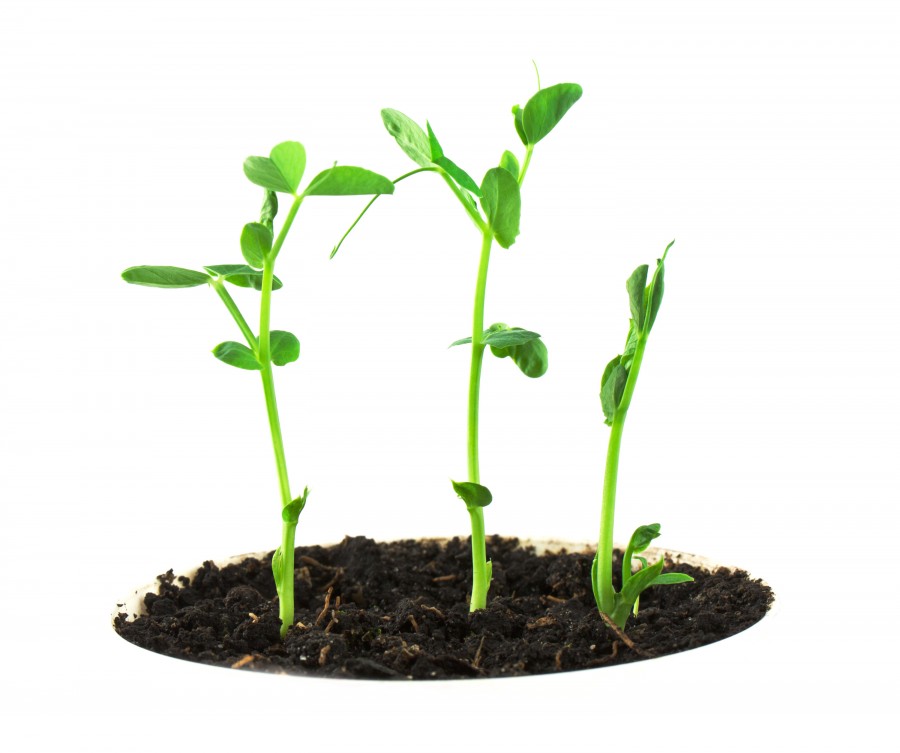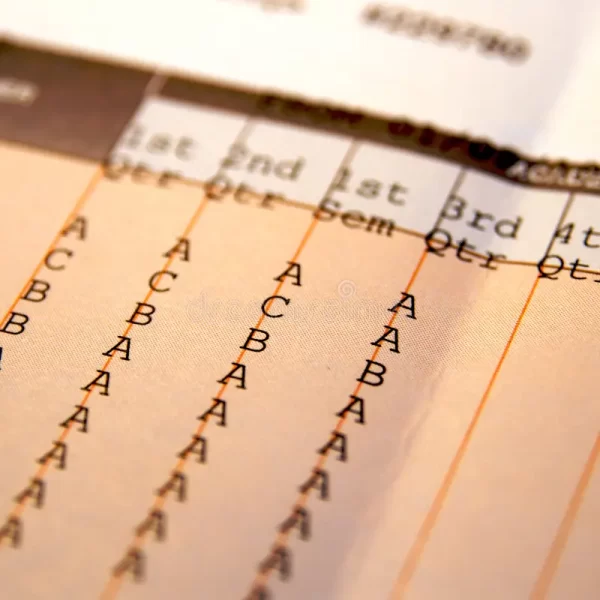Hydroponics- The Future of Agriculture
Introduction
The Dust Bowl. This natural ecological disaster occurred because of overuse of the land. The individual’s disregard for allowing the land to “rest” or fallow caused major food shortages. The scarcity of trees and over-cultivation caused “black blizzards” which consisted of the loose topsoil that was blown around at intense speeds. These “black blizzards” were common in the breadbasket of our great nation in the 1930’s. The Dust Bowl is just one example of how man can adversely impact Mother Earth. Over 2.5 million people were affected by the Dust Bowl. Could one of these catastrophic events happen again if we disregard the land as individuals did back in the 1930’s? Unfortunately the answer is yes.
The burden that humans are putting on the Earth is becoming almost unbearable. Over farming makes it easier for the land to erode and the United States is losing the essential nutrient rich layer of soil (known as topsoil) at an alarming rate. The increasing population and the demand for land for commercial and residential uses also contributes to the crisis that the United States and the world will face: the lack of available farmland. But how can we relieve the stress that farming puts on the Earth without decreasing food production? The answer is two simple Greek words.
Hydroponics is derived from the Greek word “hudor” which means water and the word “ponos” for work. These two words combine to form hydroponics which translates to “water working.” How can “water working” help the Earth?
Soil-less Gardening
Hydroponics is a way to grow plants without soil. Growing plants Hydroponically can relieve the tremendous stress that is being put on the Earth because of over-farming. Growing plants using hydroponics as a method that could potentially shape the future of agriculture. No longer will plants be susceptible to the elements, soil borne pests and diseases.
Plants grown hydroponically can be grown indoors if supplied with special lights that mimic natural sunlight. A hydroponics factory can yield crops in abandoned buildings, high rises, or places that have harsh weather that would inhibit crops from growing outdoors (deserts, cold temperatures etc.).
Raising plants hydroponically can increase yields and help provide fresh crops to individuals that need them. When growing plants hydroponically their is no specific “growing season” for plants because they can be grown all year round. Since plants can be harvested all year round, it can eliminate “off seasons,” and ensure that farmers always have and ensured crop production (their crops will not be affected by frost, drought, disease etc.).
This method sounds like the ultimate remedy for all of our ecological and agricultural problems but unfortunately, hydroponics is not a growing practice that is well known. But hydroponics has been around for many years and has even been used by many ancient civilizations as an efficient way to produce crops.
History
The Ancient Aztec civilization which resided in Mexico practiced a primitive process of hydroponics. Their city was located on an island in the middle Lake Texcoco (this provided protection from invaders). Since their city was in the middle of a lake the Aztecs could not grow their crops on land. Instead, they built rafts made of thick reeds and filled the rafts up with dirt and planted their crops on the rafts, and therefore Aztecs had floating gardens.
It is also presumed that one of the seven ancient wonders of the world “The Hanging Gardens of Babylon” also used hydroponics. By using the nearby Tigris River some scientists believe that the Hanging Gardens ancient engineers used hydroponics as a method to water the gardens.
The Future of Hydroponics
NASA has been experimenting with soilless techniques. These techniques might help when attempting to grow fresh produce in space. Even though some might relish the dirt between their fingers when harvesting vegetables, we might not have the luxury in the future. It is important to try to target and contain our ecological and agricultural issues now before it is too late.











